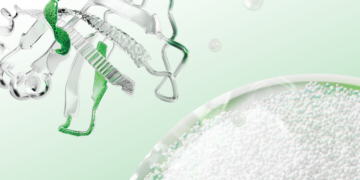Evaluation of A New Multimodal Anion Exchange Resin for Emerging Biotherapeutic Process Challenges
Multimodal chromatography has a history of providing value for biopharmaceutical separations. Ligands that enable binding based on both charge and hydrophobic interactions provide more opportunity for effective separation of multiple product- and process-related impurities. However, more diverse protein therapeutics and evolving expression systems present separation challenges that may not be easily addressed by commercially available multimodal resins.
This 15-minute on-demand webcast, presented by Michael Rauscher at Merck & Co, Inc., discusses the analysis of high-throughput resin screening data for an IgG1 monoclonal antibody (mAb), an IgG4 mAb, and a bispecific antibody in downstream process development using Bio-Rad’s Nuvia™ wPrime 2A Media. The optimization process included adjusting the charge state of the resin. The resin provided a wide design space, resulting in increased yields with reduced aggregates and host cell proteins.


